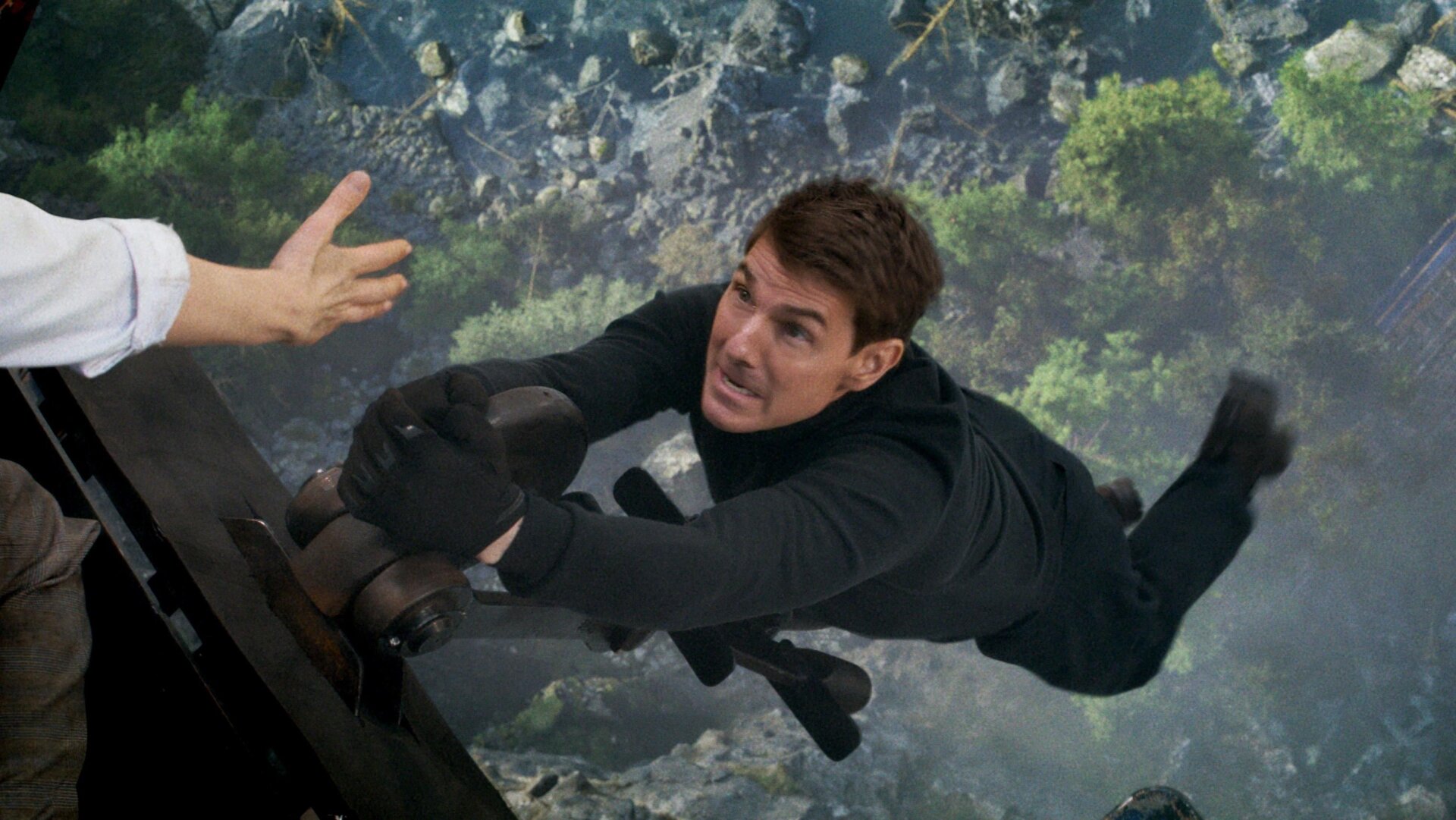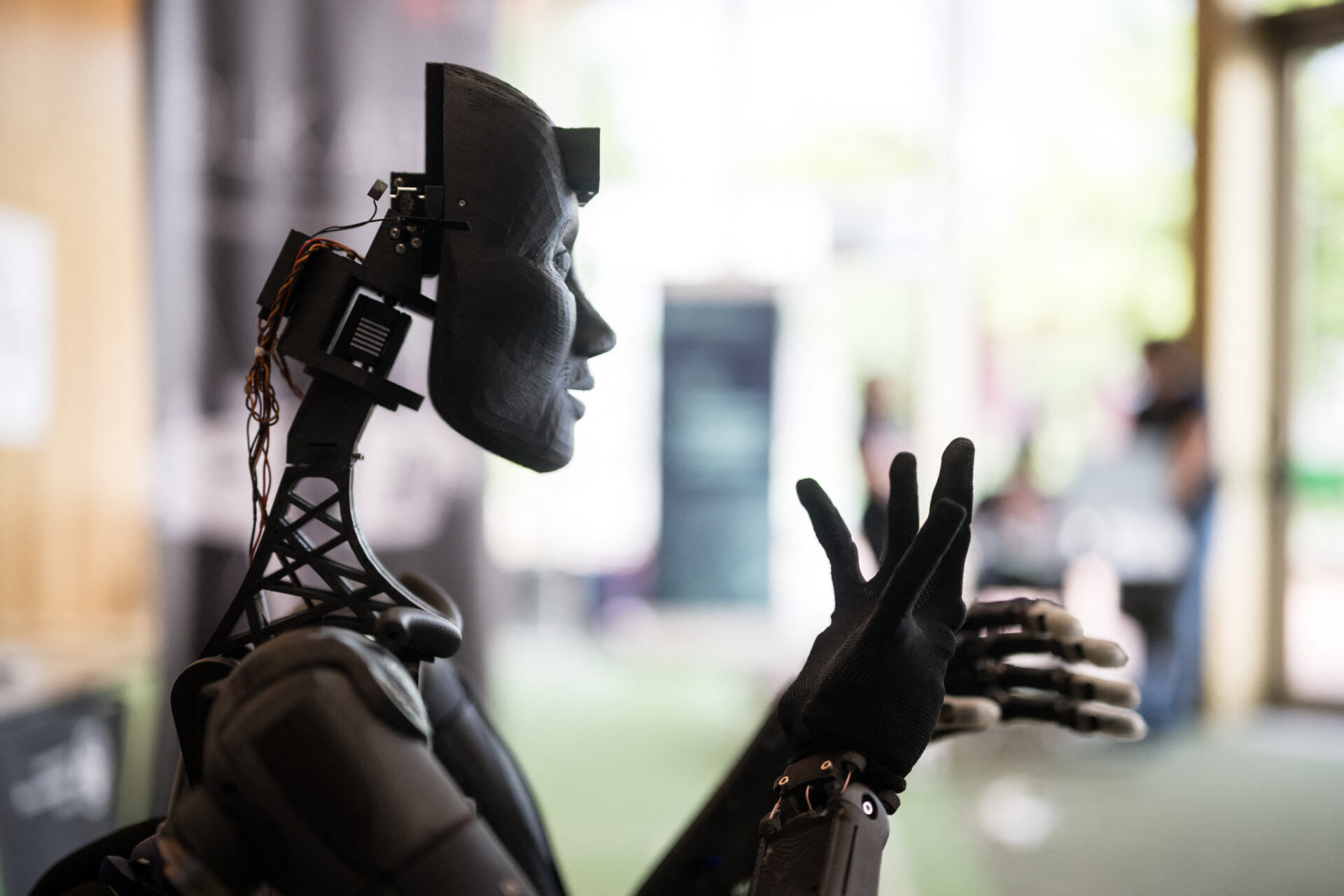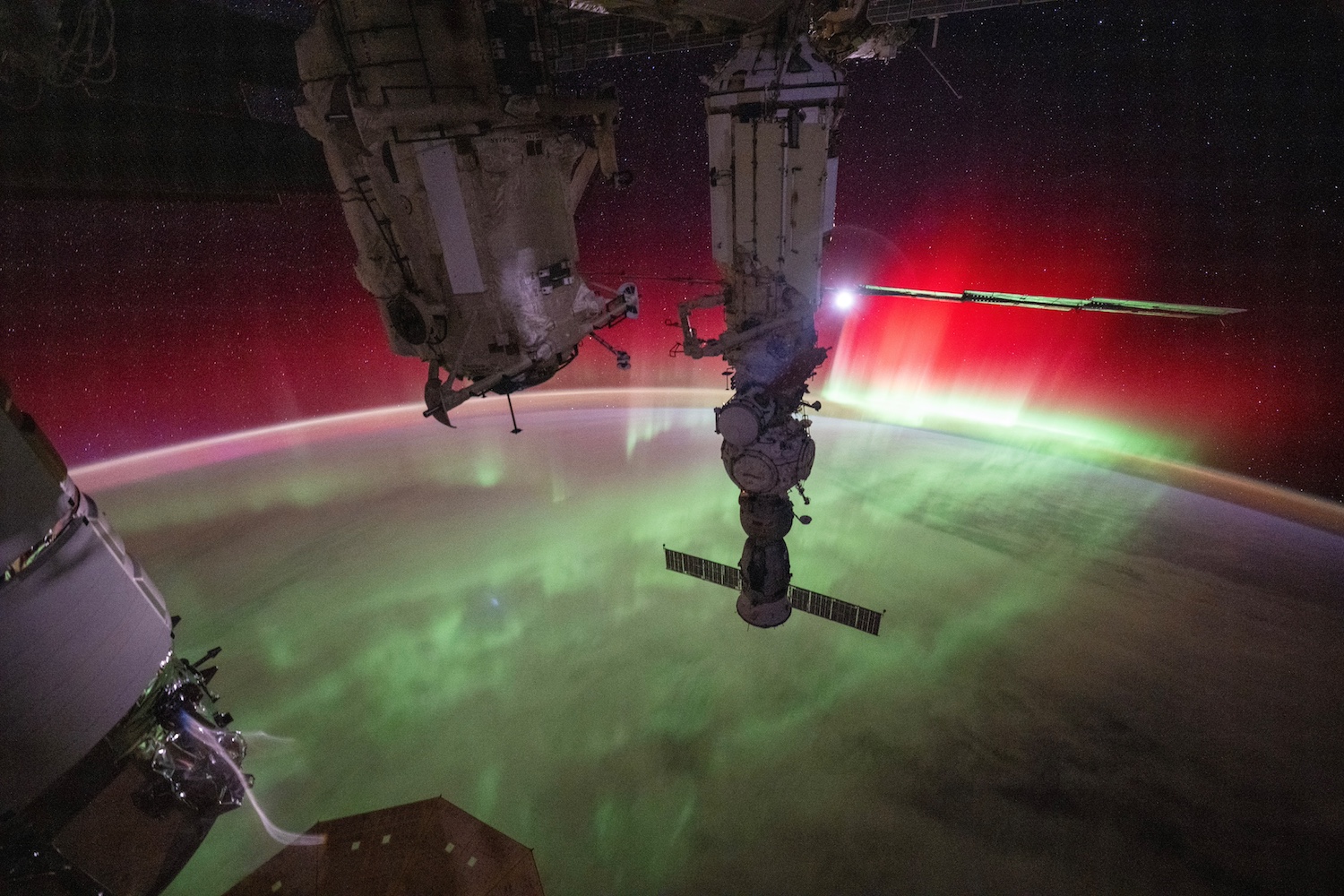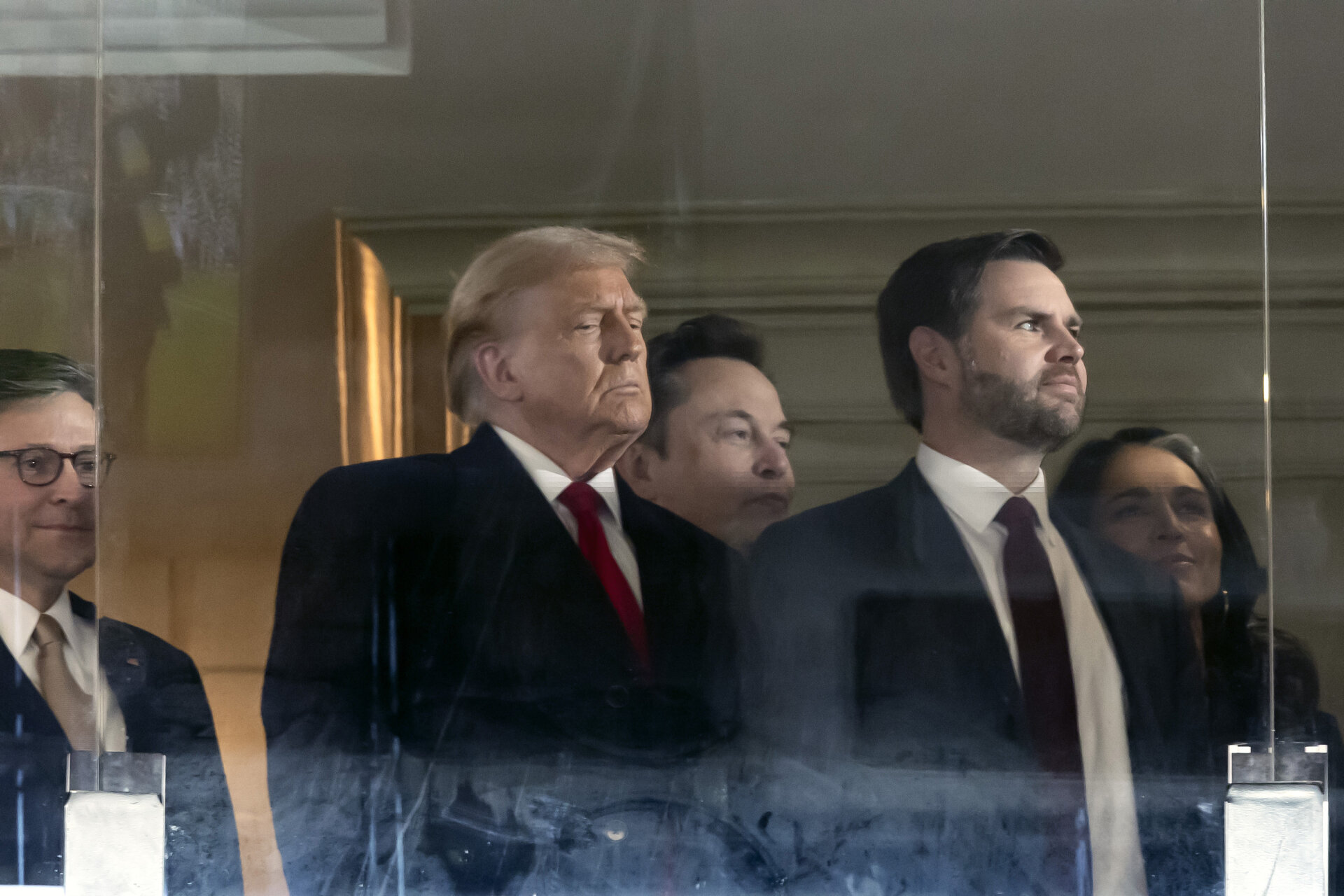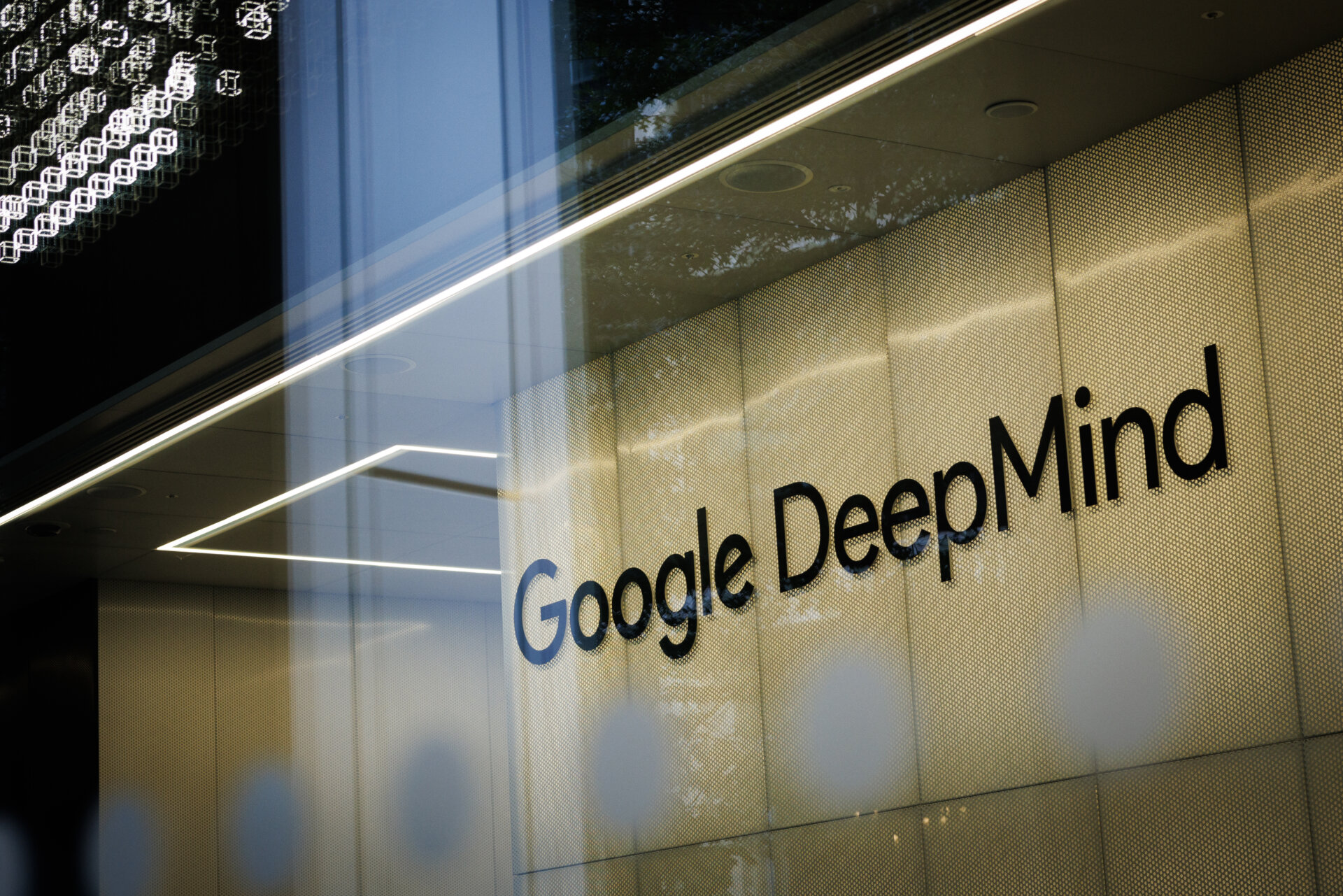YouTube wants to help celebrities and professional athletes monitor for unauthorized uses of their likenesses created with AI. The company says it is partnering with Creative Artists Agency (CAA) and will early next year begin testing “likeness management technology” that can surface AI-generated content that depicts a celebrity’s likeness and give them an easy way to submit requests for removal.
It was only a few years ago when the internet was mesmerized by a deepfake of Tom Cruise that went viral on TikTok. Back then, a lot of manual editing was required to create the ruse. The technology has come a long way with the rise of generative AI, however. There have already been countless examples of personalities like Joe Rogan being deepfaked to promote products and services unbeknownst to them. Deepfakes are being used in other malicious ways as well—a recent study found that one in six Congresswomen have been targeted by AI-generated explicit deepfakes.
YouTube already has sophisticated technology that fingerprints copyrighted content and flags anything that has been uploaded without the copyright holder’s permission. Called Content ID, it was a significantly important technology for YouTube to placate the entertainment industry. When a user is found to have uploaded copyrighted content without permission, like a music video, the copyright holder is notified and can choose to either have the video taken down or place advertisements against it, therefore earning money from the upload.
CAA is an ideal partner for the rollout of this new likeness management technology, as the talent agency already scans and stores clients’ digital likenesses, including their faces, bodies, and voices. Back in the summer, SAG-AFTRA, the largest actors union in Hollywood reached a deal that will allow actors to sell the rights to replicate their voices to advertisers.
There are, of course, a lot of mixed feelings about actors and other celebrities selling the rights to replicate themselves digitally. Film buffs often look at computer generated animation with disdain. But for celebrities themselves, it could provide a major form of income. Perhaps in the future, selling one’s likeness will be similar to the way in which musicians have in recent years sold their entire music catalogs for sometimes hundreds of millions of dollars. If a famous actor like Tom Cruise could get an enormous amount of cash to license his likeness for future Top Gun movies once he is past his working age, maybe that would not be a bad deal. If they are willing to give up the control and some of their soul.
YouTube has been slowly introducing AI features for creators, such as the ability to automatically created dubs in foreign languages so creators can expand their potential audiences. In a sense, the company is creating likeness technology to combat a problem it and parent company Google are helping to create.
YouTube says it will roll out its likeness management technology to more creators on the platform over time.
